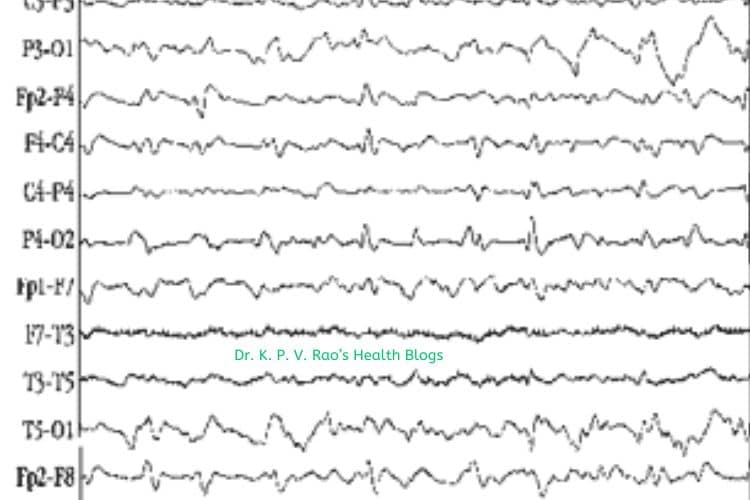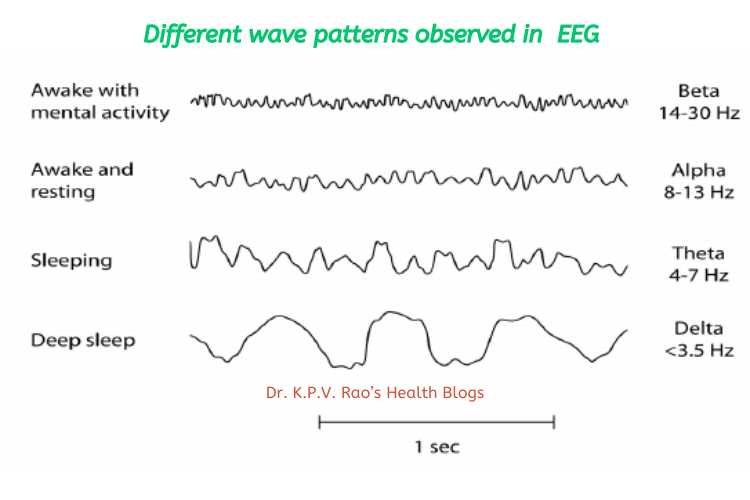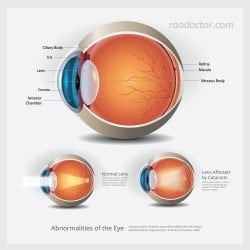Table of Contents
Epilepsy-Understanding the Causes, Symptoms, and Diagnosis Signs, Investigations, Complications,Treatment Options and Prevention Strategies
Epilepsy, a neurological disorder affecting millions worldwide, remains a mystery to many. In this article, we unravel the intricate web of this condition, shedding light on its causes, symptoms, and diagnosis, as well as signs, investigations, complications, treatment options, and prevention strategies.

Causes of Epilepsy
Understanding the causes of epilepsy is crucial in demystifying the disorder. Epilepsy can be triggered by various factors, including genetic predisposition, brain injuries, infections, and developmental disorders. Genetic factors play a significant role in some cases, as certain genes can predispose individuals to epilepsy.
Brain injuries, such as those caused by trauma or stroke, can also lead to the development of epilepsy. Additionally, infections, such as meningitis or encephalitis, can result in epilepsy, especially if they affect the brain.
Developmental disorders, such as autism or neurofibromatosis, are also associated with an increased risk of epilepsy.
Identifying the specific cause of epilepsy in an individual is essential for effective treatment and management.
By understanding the underlying factors, doctors can tailor treatment plans and provide appropriate counseling and support to patients and their families.
It is important to note that in some cases, the cause of epilepsy may remain unknown, despite thorough investigations.
Common Symptoms of Epilepsy
Recognizing the symptoms of epilepsy is equally important in understanding and managing the condition.
Epileptic seizures,also known as “fits” in layman’s words, can manifest in various ways, depending on the area of the brain affected. To understand this in a better ways, let’s have look at the brain anatomy [parts]:

The most common type of seizure is a generalized seizure, which can cause sudden and uncontrollable movements, loss of consciousness, and temporary confusion. These seizures typically involve both sides of the brain. Another type of seizure is a focal seizure, which originates in a specific area of the brain. Focal seizures may cause specific symptoms, such as altered sensations, repetitive movements, or temporary paralysis of one side of the body.
It is important to note that not all seizures are related to epilepsy. Other conditions, such as febrile seizures or syncope [unconsconiusness], can also cause similar symptoms.
Therefore, it is crucial for doctors to conduct a thorough evaluation to differentiate epilepsy from other causes.
Diagnosing Epilepsy
Diagnosing epilepsy involves a series of medical evaluations and tests to confirm the presence of the condition. The first step in the diagnosis process is a detailed medical history and physical examination. The doctor will inquire about the patient’s symptoms, their frequency, and any potential triggers.
He/she will also assess the patient’s overall health and look for any signs of underlying conditions [eg. high fever] that may be contributing to the seizures.
After the initial evaluation, the doctor may order additional tests to gather more information. One of the most common tests is an electroencephalogram (EEG), which records the electrical activity of the brain. EEG can help identify abnormal brain waves that are characteristic of epilepsy.
Different EEG patterns have varying correlations with epilepsy, with interictal[in between fits] epileptiform discharges (IED) being the most clinically useful. These abnormal electrical discharges can manifest as spikes, sharp waves, or spike-and-wave [as shown below] complexes on the EEG.

These patterns are often indicative of ongoing epileptic activity in the brain. However, it is important to interpret these patterns within the clinical context and consider other factors such as patient history and symptoms. Moreover, a normal EEG does not rule out epilepsy.
Learn more about EEG here- Electroencephalogram.

In some cases, the doctor may recommend prolonged EEG monitoring or video EEG, which allows for the simultaneous recording of brain activity and video footage of the patient’s behavior during seizures.
Brain imaging techniques, such as magnetic resonance imaging (MRI) or computed tomography (CT) scans, may also be used to identify any structural abnormalities or brain lesions that may be causing the seizures.
Other tests, such as blood tests or lumbar puncture, may be ordered to rule out other potential causes of the seizures.
Investigating Epilepsy
In addition to the initial diagnostic tests, further investigations may be necessary to identify the underlying causes of epilepsy.
Genetic testing can be performed to determine if there are any specific gene mutations associated with epilepsy. This can be particularly useful in cases where there is a family history of epilepsy or if there are other signs of genetic disorders.
Neuropsychological testing may also be conducted to assess cognitive function and identify any cognitive deficits or abnormalities that may be related to epilepsy. This can help guide treatment decisions and provide insights into the impact of epilepsy on the individual’s daily life.
In some cases, an epilepsy monitoring unit (EMU) stay may be recommended. During an EMU stay, the patient is admitted to a specialized unit where they are continuously monitored for seizures. This allows doctors to observe and record seizures in a controlled environment, providing valuable information for diagnosis and treatment planning.
Types of Epilepsy
There are many types of epilepsy. The detailed description of the types is beyond the scope of this article. However, I will mention the types in short. A detailed description can be had here- Types of Epilepsy
These are the major categories of epilepsy seen in many patients:
- Generalised seizures or epilepsy
- Focal Epilepsy
- Myoclonic Epilepsy
- Tonic Epilepsy
- Febrile seizures
- Status epilepticus
Useful Reference: Types of Epilepsy
Complications of Epilepsy
Complications resulting from epilepsy can be debilitating, exacerbating the already challenging nature of this condition. One of the most significant complications is the risk of injury during seizures.
Seizures can cause falls, leading to fractures, head injuries, and other physical trauma. Therefore, it is essential for individuals with epilepsy to take precautions to minimize the risk of injury, such as using protective headgear or avoiding activities with a high risk of injury.
Epilepsy can also have a significant impact on an individual’s mental health and overall quality of life. People with epilepsy may experience anxiety, depression, social isolation, and difficulties with employment or education.
Therefore, it is crucial for healthcare professionals to provide comprehensive care that addresses both the physical and emotional aspects of epilepsy.
Treatment Options for Epilepsy
Treating epilepsy involves a multi-faceted approach aimed at controlling seizures and improving the individual’s quality of life. The primary treatment for epilepsy is medication.
Anti-epileptic drugs (AEDs) are prescribed to reduce the frequency and severity of seizures. There are various types of AEDs available, and the choice of medication depends on factors such as the type of seizures, the individual’s age, and overall health.
Antiepileptic drugs (AEDs) are the mainstay of treatment for epilepsy, and they are prescribed based on the type of seizures and the individual patient’s needs.
Some commonly used AEDs for different types of epilepsy include:
Generalized Tonic-Clonic Seizures:
- Valproate (trade names: Depakote, Epilim)
- Lamotrigine (trade name: Lamictal)
- Topiramate (trade name: Topamax)
Absence Seizures:
- Ethosuximide (trade name: Zarontin)
- Valproate (trade names: Depakote, Epilim)
Myoclonic Seizures:
- Valproate (trade names: Depakote, Epilim)
- Clonazepam (trade name: Klonopin)
- Levetiracetam (trade name: Keppra)
Simple Focal Seizures:
- Carbamazepine (trade name: Tegretol)
- Lamotrigine (trade name: Lamictal)
- Oxcarbazepine (trade name: Trileptal)
Complex Focal Seizures:
- Carbamazepine (trade name: Tegretol)
- Lamotrigine (trade name: Lamictal)
- Levetiracetam (trade name: Keppra)
Status Epilepticus (Emergency):
- Lorazepam (trade name: Ativan)
- Diazepam (trade name: Valium)
- Midazolam (trade name: Versed)
Please note that this is not an exhaustive list, and there are several other AEDs available in the market. The choice of medication depends on various factors, including the type of epilepsy, the patient’s age, overall health, and any potential drug interactions. It is crucial to consult with a qualified healthcare professional for a personalized treatment plan.
In some cases, medication alone may not be sufficient to control seizures. In such instances, surgery may be considered.
Surgery for epilepsy involves removing or altering the area of the brain that is causing the seizures. This procedure, known as resective surgery, can be highly effective in reducing or even eliminating seizures in some individuals.
However, surgery is typically reserved for cases where the seizures are not well controlled with medication and when the potential benefits outweigh the risks.
Alternative therapies, such as the ketogenic diet or vagus nerve stimulation, may also be considered for individuals who do not respond to medication or surgery. These therapies aim to modulate brain activity and reduce seizure frequency.
Preventing Epilepsy
While it is not always possible to prevent epilepsy, there are certain strategies that can help reduce the risk. One of the essential preventative measures is to ensure a safe and healthy pregnancy.
Taking prenatal vitamins, avoiding alcohol and tobacco, and receiving proper prenatal care can help reduce the risk of developmental abnormalities that may lead to epilepsy.
In addition, protecting the brain from injuries is crucial in preventing epilepsy. Wearing helmets during activities that pose a risk of head injuries, such as biking or contact sports, can significantly reduce the likelihood of developing epilepsy due to traumatic brain injuries.
Managing other underlying conditions, such as infections or metabolic disorders, can also help reduce the risk of epilepsy. This involves following appropriate treatment plans and seeking regular medical care to monitor and manage these conditions effectively.
Living with Epilepsy
Living with epilepsy can present various challenges, but with proper management and support, individuals with epilepsy can lead fulfilling lives. Making certain lifestyle adjustments can help minimize the risk of seizures.
These adjustments may include getting enough sleep, avoiding stress triggers, and maintaining a healthy diet and exercise routine. It is also important for individuals with epilepsy to adhere to their prescribed medication regimen and attend regular check-ups with their healthcare providers.
Coping mechanisms, such as joining support groups or engaging in therapy, can also be beneficial for individuals with epilepsy.
In India, you can approach these support groups that can help people with epilepsy and their families to cope with the condition, share experiences, and get information :
- Samman is a support group of the Indian Epilepsy Association, Bombay Chapter. It meets every 2nd and 4th Saturday from 2.30 to 4.30 p.m. at the E-Cell, JSS Municipal School Building, Nana Chowk, Mumbai.
- Sanvedana is an epilepsy support group in Pune that offers counseling, advocacy, and a marriage bureau for people with epilepsy. It meets every Tuesday from 5 to 7 p.m. at the Epilepsy Counseling Centre, Lloyds Chambers II, Mangalwar Peth, Pune.
- Samvaad is an epilepsy support group in Nagpur that is facilitated by Dr. Poornima Karandikar. It meets on the 1st Sunday of the month at 4 p.m. at the Institute for Psychological Health, Shree Ganesh Darshan, LBS Marg, Thane West.
- Uttejan is another epilepsy support group in Thane that is run by Mrunalini Palshikar and Alpa Chande. It meets on the 1st Sunday of the month at 4 p.m. at the same venue as Samvaad.
There are also other epilepsy support groups in Indore, Ahmednagar, Dombivli, Aurangabad, and Sholapur.
Connecting with others who have similar experiences can provide emotional support and practical advice for managing epilepsy.
Conclusion
In conclusion, epilepsy is a complex neurological disorder that affects millions of people worldwide. Understanding its causes, symptoms, and diagnosis is crucial in providing effective treatment and support for individuals with epilepsy.
By unraveling the mysteries of epilepsy, we can shed light on the condition and empower those affected to lead fulfilling lives while minimizing the impact of seizures.
Raising awareness about epilepsy is essential in fostering understanding and empathy, ultimately creating a more inclusive and supportive society for individuals with epilepsy.
Final words
If you have found this article useful, do share with people you know using the social media icons at the bottom of this article. Alternately you can Click to Tweet here-
Epilepsy: All You Need to Know About It Share on X



